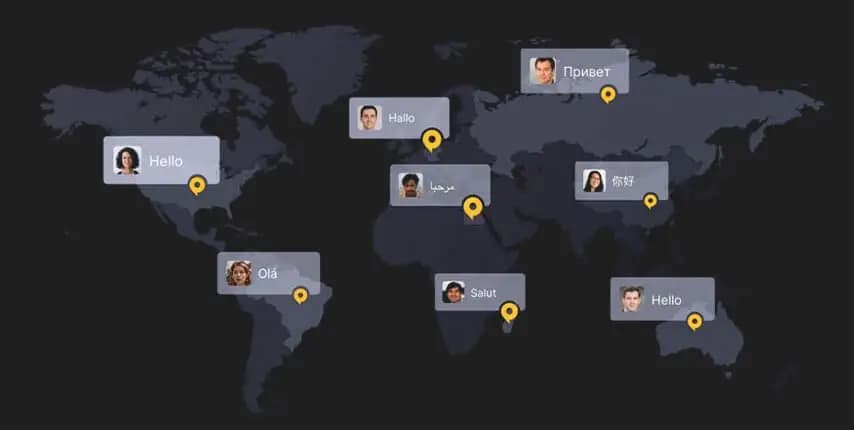How App Localization Can Boost Your App’s Global Impact
Millions of people around the world use apps. If your app isn’t available in their language, they won’t be able to reach or use it. By localizing your app, you can reach people in every country and make your app more popular.
This is how app localization agency could help you with their app localization services:
Expanding into Global Market: By translating your app into different languages, you can reach millions of new users in different countries. Apps like Airbnb and Netflix have become global giants by doing this.
Improving User Experience: When your app is in a language people understand, they’re more likely to use it, interact with it, and enjoy it.
Increasing App Downloads: App store descriptions written in local languages can help your app get more downloads, through ASO optimization.
Boosting Your Sales: By reaching more people in more places, you can increase your sales and revenue. Many big companies have seen great success by investing in app localizatio






